Top 6 Home Heating System Upgrade Options in New England
Topic:
Home Maintenance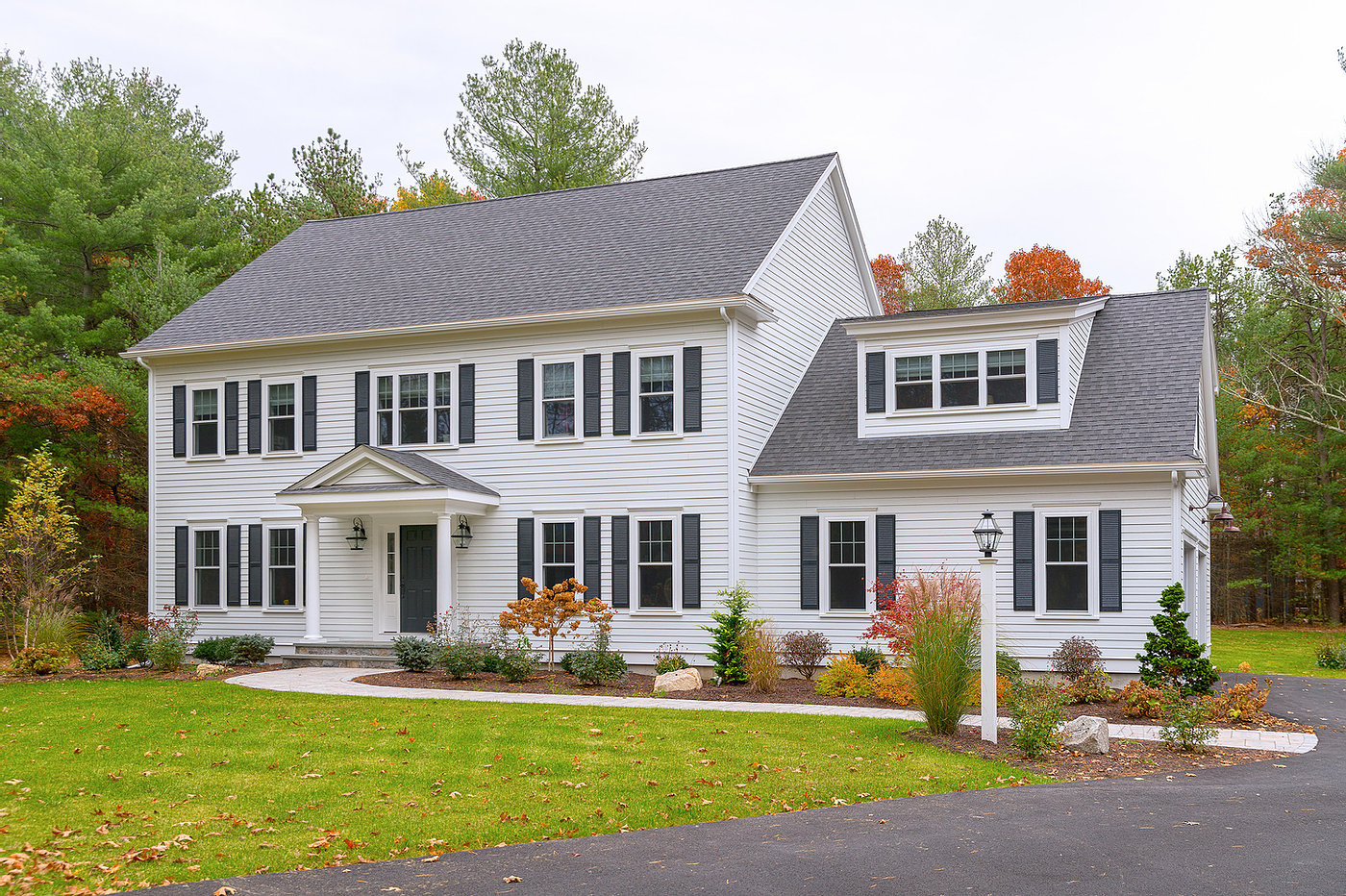
If you live in New England, you know how important your home heating system is. And because our heating systems work extra hard to keep our homes warm and comfortable throughout the long, cold winters, it’s also important to ensure that your heating system is working at maximum efficiency.
An energy-efficient home heating system is vital for two fundamental reasons: it can save you significant money and it helps protect the environment. However, selecting the most efficient heating, ventilating, and air conditioning (HVAC) system can be a daunting challenge. Fortunately there is the Energy Star rating system that can help you identify the most efficient system for your specific needs.
 Established in 1992 to help consumers easily find and identify the best products that promote and support energy efficiency in both practice and performance, the Energy Star rating system is an invaluable tool for comparing appliances. In order for HVAC systems to earn an Energy Star rating, the product must first adhere to certain strict guidelines and meet specifications established by the EPA. With fewer pollutants in the air due to Energy Star products in use, energy resources are better utilized and greenhouse gas emissions are lowered. In fact, Energy Star-rated HVAC components are generally 20 percent more efficient than non-rated products.
Established in 1992 to help consumers easily find and identify the best products that promote and support energy efficiency in both practice and performance, the Energy Star rating system is an invaluable tool for comparing appliances. In order for HVAC systems to earn an Energy Star rating, the product must first adhere to certain strict guidelines and meet specifications established by the EPA. With fewer pollutants in the air due to Energy Star products in use, energy resources are better utilized and greenhouse gas emissions are lowered. In fact, Energy Star-rated HVAC components are generally 20 percent more efficient than non-rated products.
However, because New England is one of the oldest settled regions in the country, many homeowners own older homes with outdated and inefficient heating systems in desperate need of an upgrade. With that in mind, let’s take a closer look at the major home heating system upgrade options.
Home heating system choices: What they are and how they work
Upgrading your home heating system may be as simple as replacing on old thermostat with a new digital, programmable one that enables you to flexibly customize your settings to fit your lifestyle and comfort preferences. However, if you live in a home that may be decades – or even centuries – old, you may be looking at a complete system replacement, such as replacing an old steam radiator system with a modern baseboard or ducted system.
There are six major heating system types to consider:
1. Furnace
Furnaces are the most commonly used residential heating system in the United States. Running most often on gas, but sometimes on oil, propane, or electricity, furnaces deliver their heat through a duct system. Furnaces that have earned the Energy Star have higher AFUE (Annual Fuel Utilization Efficiency) ratings. AFUE is the measure of heating equipment efficiency, represented as a percentage.
Most furnaces that can qualify for the Energy Star are “condensing” furnaces where the transfer of heat is so thorough water or condensate is a byproduct of combustion. This condensing occurs with systems that are over 90 percent efficient. Another feature of modern furnaces is a highly efficient blower motor (commonly an ECM, Electronically Commutated Motor, or another type of advanced main air circulating fan) and a fresh air return that enables you to adjust the force of the heat being generated.
The following set of images are from a client's home. They had a 17 year old Buderus natural gas furnace (left image) that was making strange popping noises. Inner coils were becoming plugged and the water was boiling, making the sound and creating a dangerous situation. They upgraded to a state of the art Lochinvar gas furnace (right image) which will provide much better energy efficiency for years to come.

2. Boiler
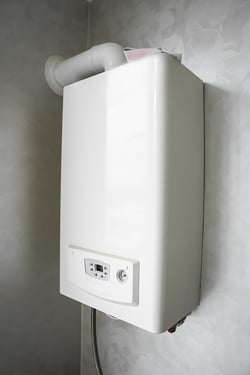 A boiler heats your home by using electricity, gas, propane, or oil to heat water or steam that circulates through radiators, baseboards, or radiant floor systems. Boilers do not use a duct system. Boilers that have earned the Energy Star have higher AFUE ratings. Features that improve boiler efficiency include electronic ignition, which eliminates the need to have a constantly burning pilot light, and technologies that extract more heat from the same amount of fuel.
A boiler heats your home by using electricity, gas, propane, or oil to heat water or steam that circulates through radiators, baseboards, or radiant floor systems. Boilers do not use a duct system. Boilers that have earned the Energy Star have higher AFUE ratings. Features that improve boiler efficiency include electronic ignition, which eliminates the need to have a constantly burning pilot light, and technologies that extract more heat from the same amount of fuel.
Electric boilers come in two basic designs – floor-standing and wall-mounted. Functionally, there is no difference between the two, they both provide similar performance and efficiency. However, wall-mounted boilers take up less space and feature less volume so they can cost less and heat water faster. However, if you’re replacing an older floor model, you’re better off financially by choosing a new floor model and taking advantage of the existing pipes.
3. Heat Pump
-
- Electric Air-Source Heat Pumps (ASHPs). ASHPs, often used in moderate climates, use the difference between outdoor and indoor air temperatures to cool and heat. ENERGY STAR-qualified ASHPs have higher energy efficiency ratio (EER) and seasonal energy efficiency ratio (SEER) ratings than conventional models. They also have a higher Heating and Seasonal Performance Factor (HSPF), which measures the heating efficiency of the heat pump.
- Geothermal Heat Pumps (GHPs). GHPs are similar to air source heat pumps, but use the ground instead of outside air to provide heating, cooling, and often water heating. Because they use the earth's natural heat, they are among the most efficient and comfortable heating and cooling technologies currently available (more on geothermal below). Although initially expensive, you can achieve significant cost savings on energy bills. GHPs are most often installed in new homes and require a duct system.
4. Electric
An electric central heating, is a home heating system that uses electricity to generate heat rather than oil or gas. Electric central heating systems are considered more eco-friendly, efficient, and offer more control. Electric heating options include infrared heating panels, heat pumps, storage heaters, electric radiators and electric boilers.
The most common types of electric heating are radiant heating and convection heating.
-
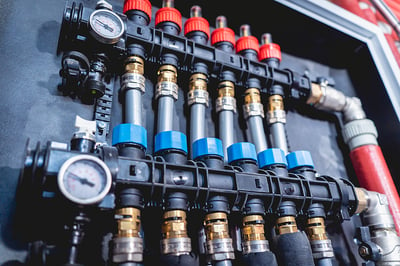 Radiant Heating. With radiant or conduction electric heating (radiators), a device heats up surfaces such as floors and ceilings. Radiators provide direct heat and are s common form of heating in the home.
Radiant Heating. With radiant or conduction electric heating (radiators), a device heats up surfaces such as floors and ceilings. Radiators provide direct heat and are s common form of heating in the home.- Convection Heating. Convection heating makes use of hot air to heat the room. While some people don’t like the idea of hot air circulating in the room, convenience is mostly a question of professional installation and well-planned heat distribution.Using fans to aid air circulation, convection electric heating can heat your home faster and more efficiently. Major manufacturers such as Panasonic make convenient and efficient ceiling-mounted fan/heaters that are ideal for small spaces such as bathrooms. Also there’s natural convection that happens in a regular central heating radiator: cold air is heated up, rising through the radiator and then streaming out on top.
5. Solar
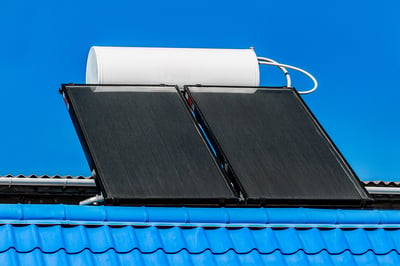 Active solar heating systems use solar energy to heat a fluid — either liquid or air — and then transfer the solar heat directly to the interior space or to a storage system for later use. If the solar system cannot provide adequate space heating, an auxiliary or back-up system provides the additional heat. Liquid systems are more often used when storage is included, and are well suited for radiant heating systems, boilers with hot water radiators, and even absorption heat pumps and coolers. Both liquid and air systems can supplement forced air systems.
Active solar heating systems use solar energy to heat a fluid — either liquid or air — and then transfer the solar heat directly to the interior space or to a storage system for later use. If the solar system cannot provide adequate space heating, an auxiliary or back-up system provides the additional heat. Liquid systems are more often used when storage is included, and are well suited for radiant heating systems, boilers with hot water radiators, and even absorption heat pumps and coolers. Both liquid and air systems can supplement forced air systems.
You can use a radiant floor, hot water baseboards or radiators, or a central forced-air system to distribute solar heat. In a radiant floor system, solar-heated liquid circulates through pipes embedded in a thin concrete slab floor, which then radiates heat to the room. The slab is typically finished with tile.
Radiant slab systems take longer to heat the home from a "cold start" than other types of heat distribution systems. Once they are operating, however, they provide a consistent level of heat. Radiant floor heating is ideal for liquid solar systems because it performs well at relatively low temperatures. A carefully designed system may not need a separate heat storage tank, although most systems include them for temperature control. A conventional boiler or even a standard domestic water heater can supply back-up heat.
6. Geothermal
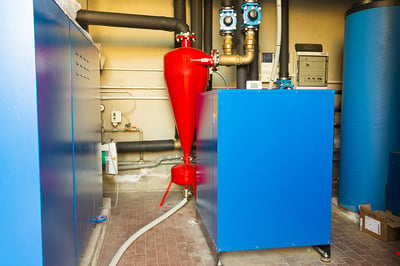 Geothermal technology harnesses the Earth’s heat. Just a few feet below the surface, the Earth maintains a near-constant temperature; geothermal heating uses that constant temperature to supply heat in the winter and air conditioning in the summer.
Geothermal technology harnesses the Earth’s heat. Just a few feet below the surface, the Earth maintains a near-constant temperature; geothermal heating uses that constant temperature to supply heat in the winter and air conditioning in the summer.
After an initial investment in a closed-loop well the system runs only on the electricity needed for a standard heat pump. The savings over an oil burner-based system are significant, even in colder climates such as New England. And there’s a bonus – geothermal provides cool air as well as hot. It’s an air conditioning system at no extra charge.
Geothermal heating works best with a radiant heating system built into the floors of a building. The circulating warm water delivers an even and uniquely pleasing heat on the feet. So for new construction, geothermal is a reasonable option.
But in some older houses radiant heat is not an option and geothermal is not adaptable to warm water baseboard radiators witch demand a higher temperature than geothermal can produce. In that case, geothermal heat is delivered through forced air and ductwork. It’s still cheaper than oil per BTU but not as comfortable as the older radiators.
Other heating system options
While the systems presented above are the major types typically found in homes today, there are other options as well.
1. Ductless mini-splits
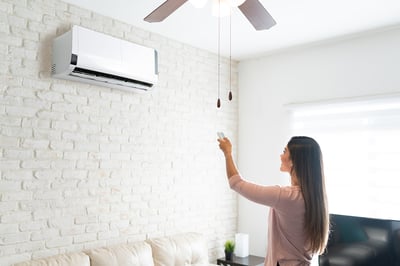 These are a unique type of heating and cooling system that don’t require ducts to heat or cool the home. There are two main components to a ductless mini-split system: an indoor air handling unit and outdoor compressor/condenser. The indoor unit is typically located high on a wall, where it is out of the way while sending air into the room. The unit is connected to the compressor through a power cable and a refrigerant system, eliminating the need for ducting.
These are a unique type of heating and cooling system that don’t require ducts to heat or cool the home. There are two main components to a ductless mini-split system: an indoor air handling unit and outdoor compressor/condenser. The indoor unit is typically located high on a wall, where it is out of the way while sending air into the room. The unit is connected to the compressor through a power cable and a refrigerant system, eliminating the need for ducting.
This type of unit can work well for homes that don’t have any ductwork already installed, as well as for additions and renovations. They also work for homes that may have ducts, but the owner wants to have better control over heating and cooling specific spaces.
2. Hybrid heating
Hybrid heating combines the energy efficiency of a heat pump with the power of a gas furnace. Under average conditions, the heat pump will operate to heat and cool your home, but during extreme temperatures the furnace kicks on to provide the additional heating or cooling power. This type of flexible system reduces the strain on both units, reducing maintenance costs and extending the life of both elements.
What does a home heating system upgrade cost?
That’s a really good question and one that’s virtually impossible to answer here. It depends on the size and type of home, the current heating system and its condition, as well as any weaknesses that need to be addressed and the improvements or additional features you’d like.
For example, a mini-split system might cost several thousand dollars while a complete geothermal system can run a couple of hundred thousand. The best approach is to simply contact a contractor you trust and discuss your options after providing as much input as possible concerning your current situation and system and your preferences for controlling your home’s environment.
If you’re a resident of Massachusetts, you might be able to take advantage of the residential Mass Save® program. Its HEAT Loan feature provides interest-free financing opportunities up to $25,000 for energy-efficient home upgrades such as heating and water-heating equipment, central A/C and heat pumps, insulation, and more. You might also qualify for equipment rebates available through the program.
Whether you’re replacing a single component or upgrading your entire home heating system, it’s important to work with a reliable, experienced contractor. A professionally designed and installed system will help ensure that your system is appropriate for your home, correctly installed, and operating efficiently.
Here are the heating system brands we typically install when renovating a home:
Heating systems are an important mechanical element of every home, especially in New England where temperatures can plummet to the single digits. If you are concerned about the comfort level in your home, often it is caused by more than one element that needs attention. Consider scheduling a complete home maintenance inspection and assessment to identify any potential problems and recommend effective, cost-efficient solutions that can save you unnecessary added expense or mechanical failure down the road.
To learn more about home maintenance, please download our FREE eBook - Home Maintenance: This is How Professionals Do It.


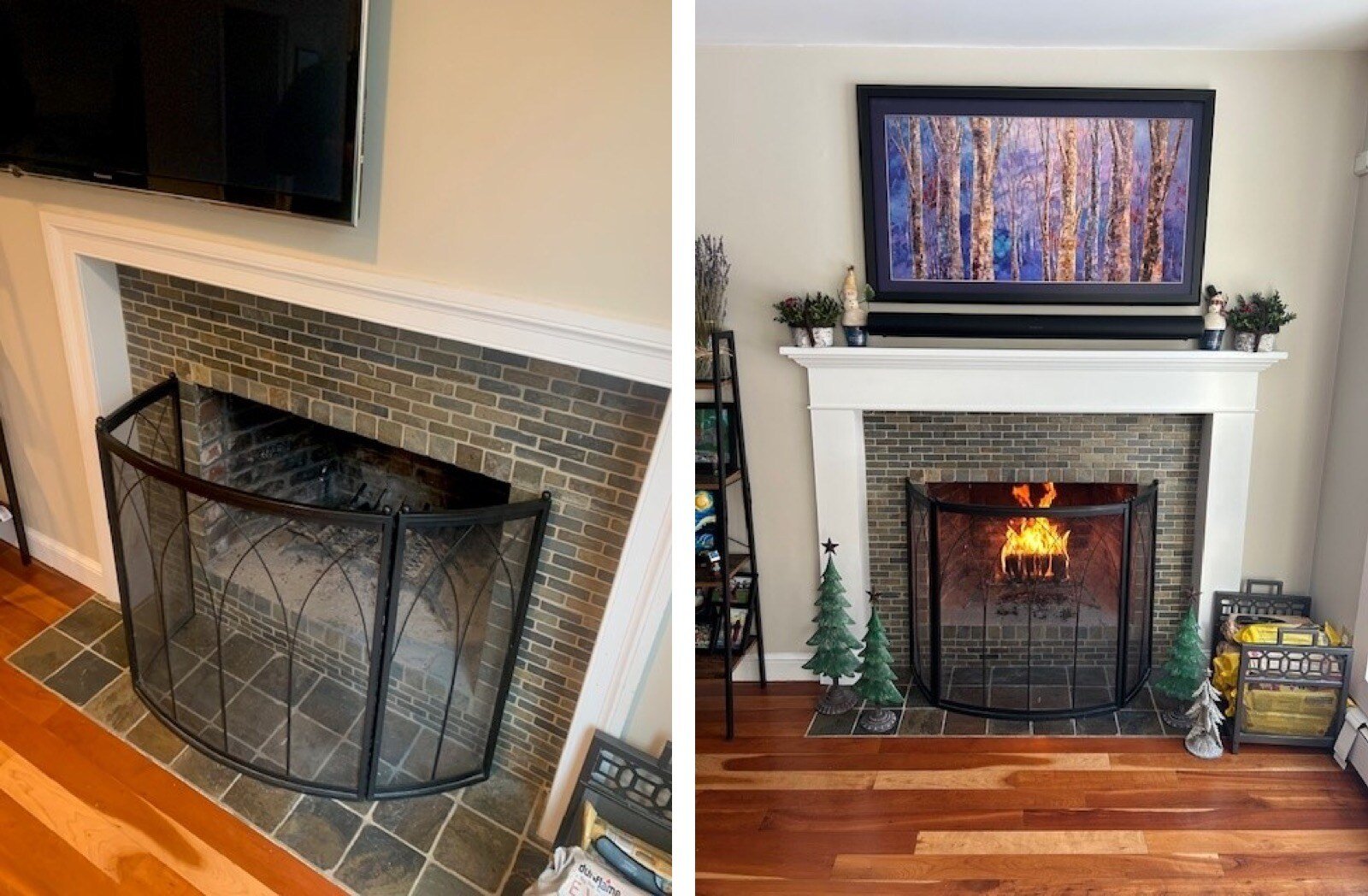
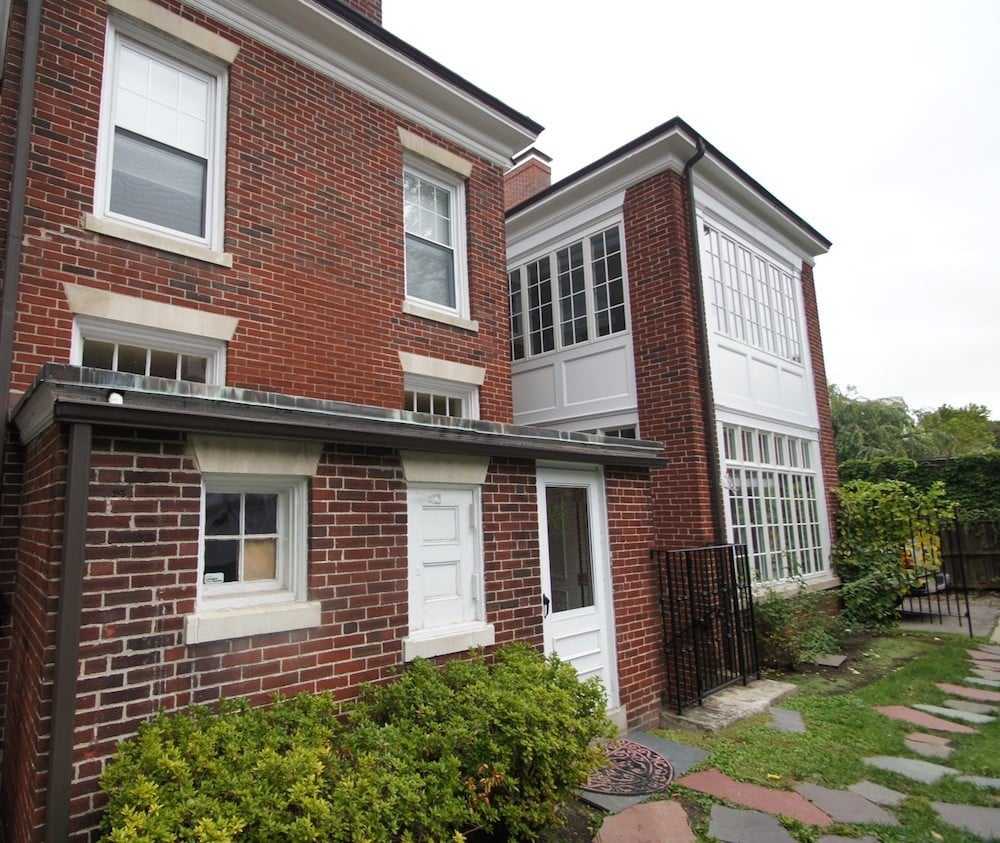
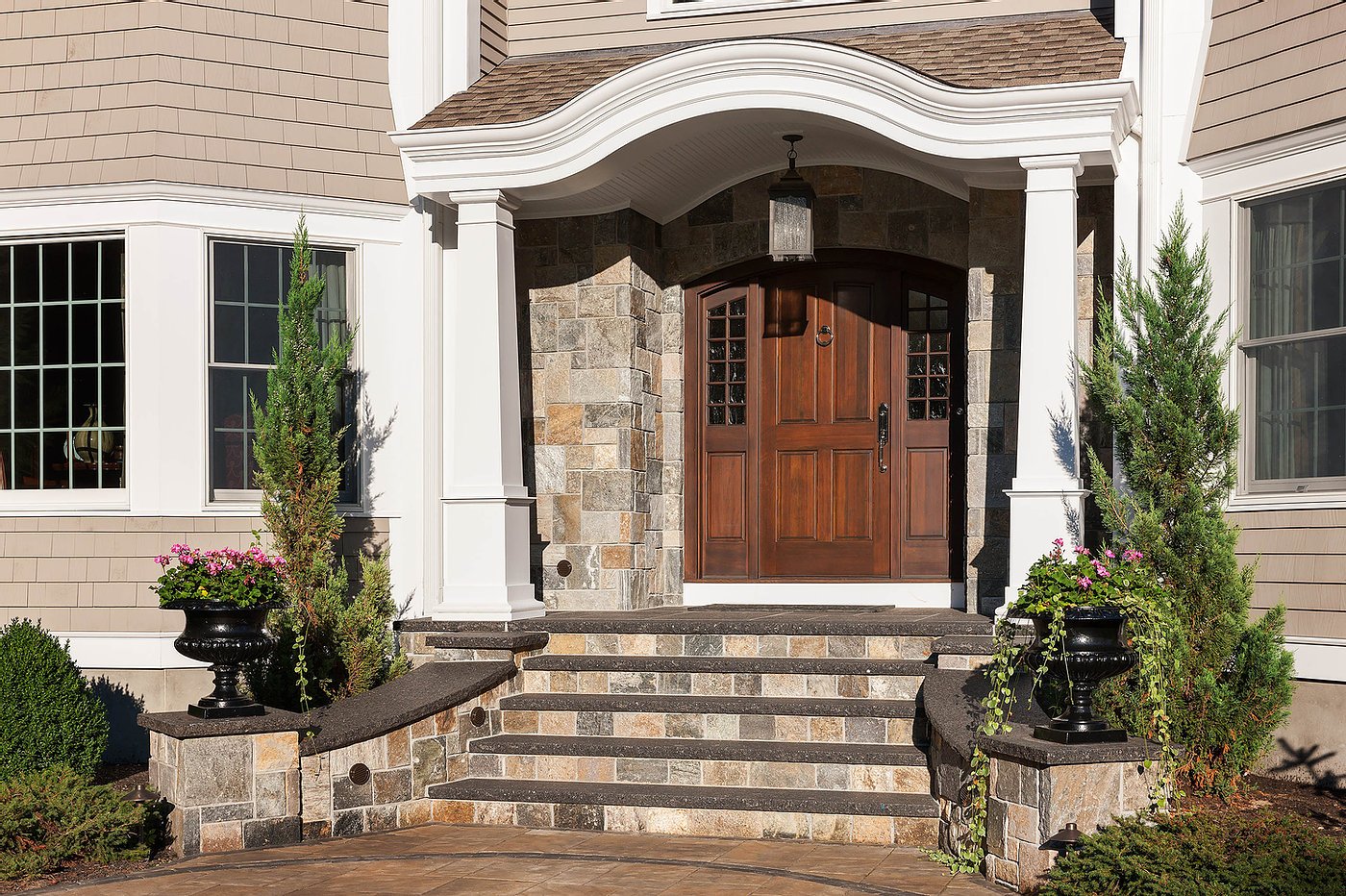
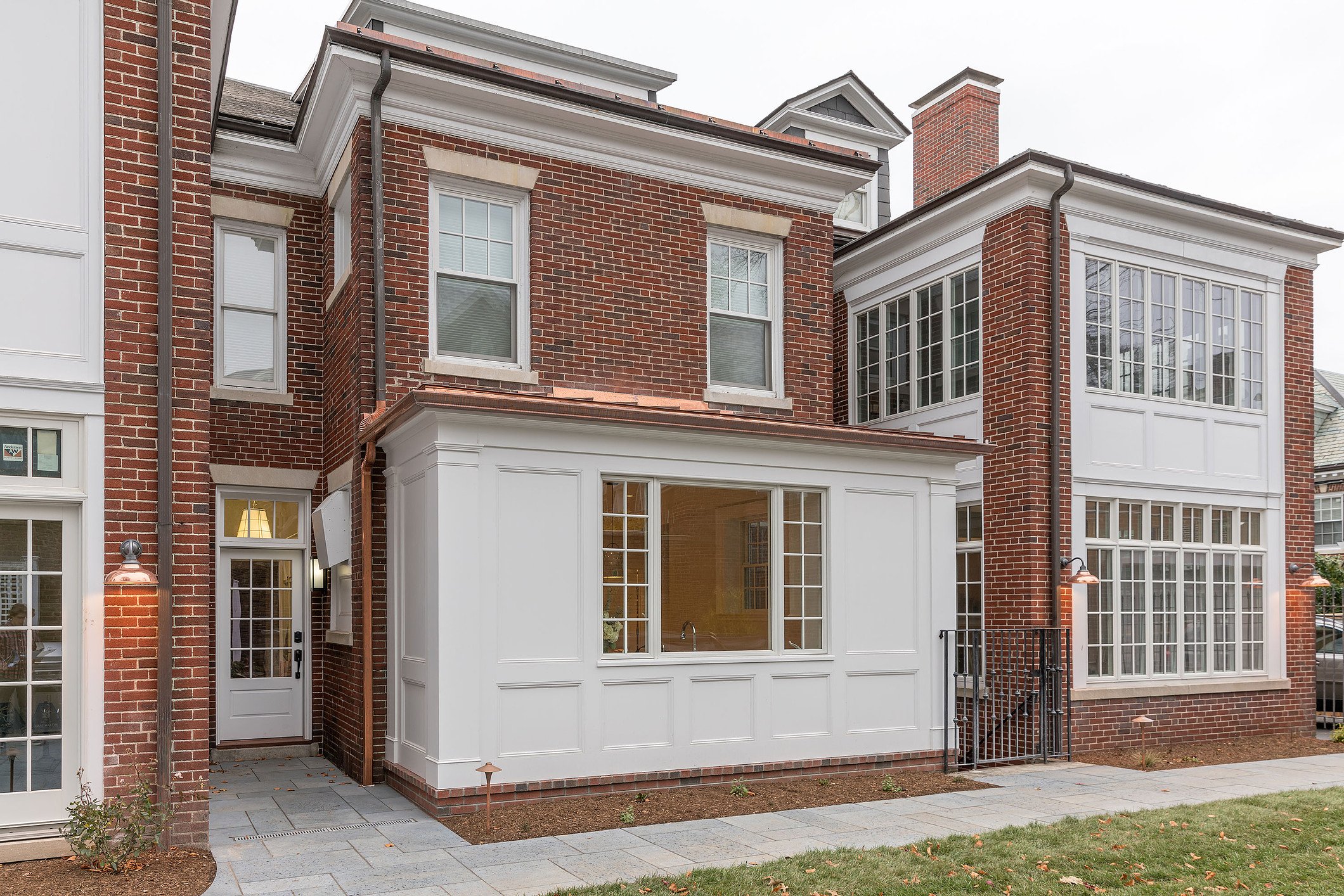
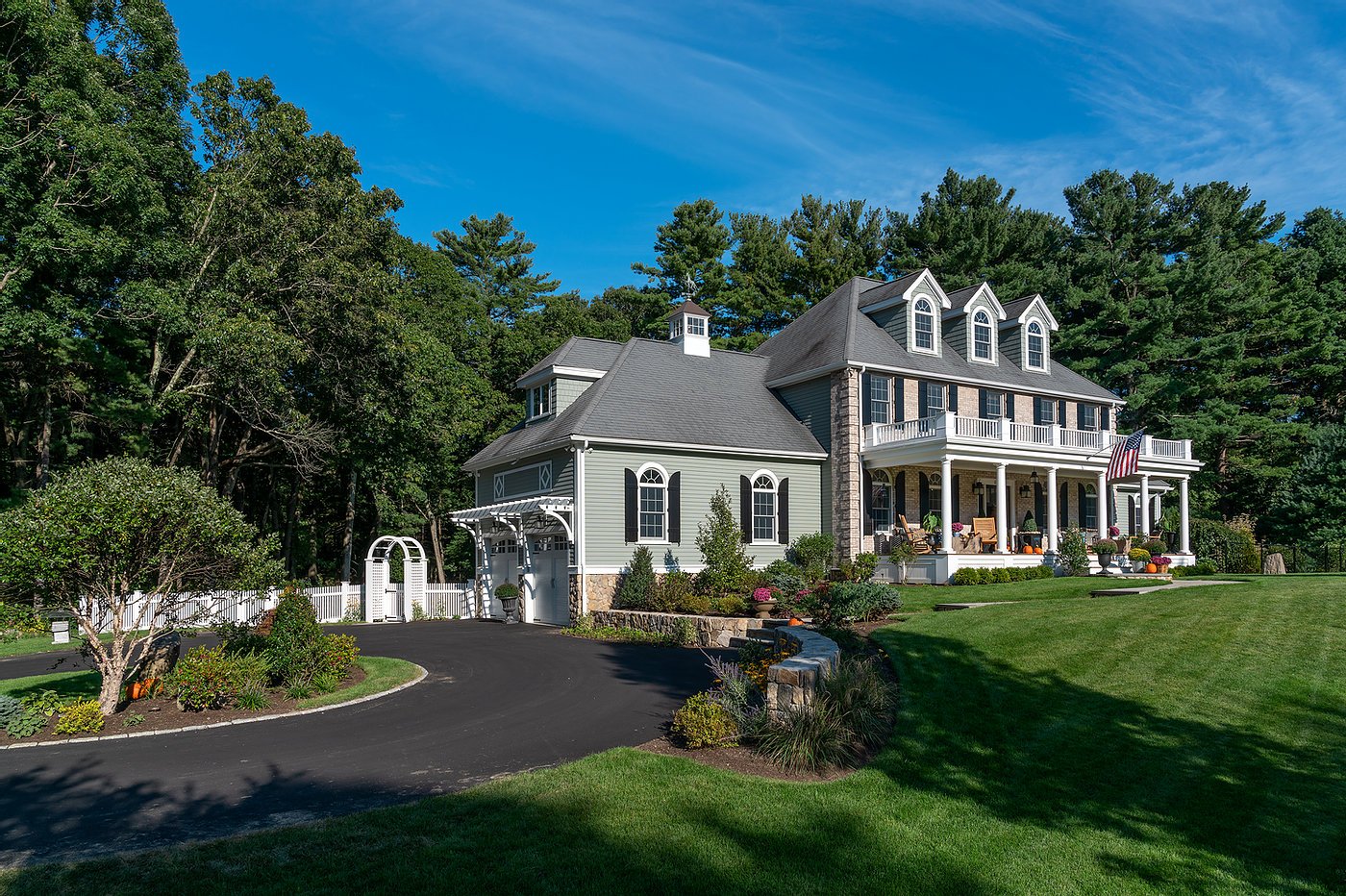
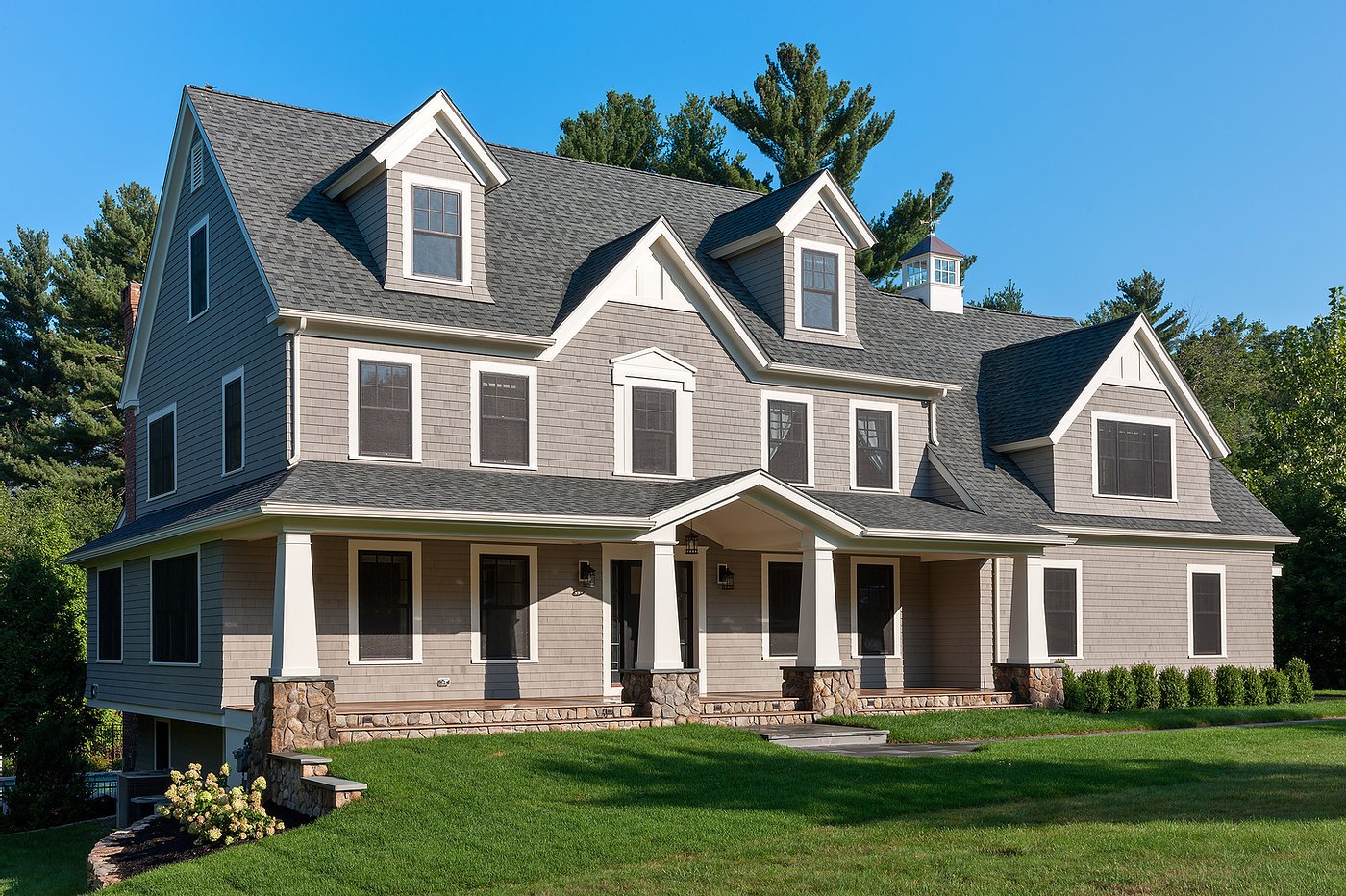

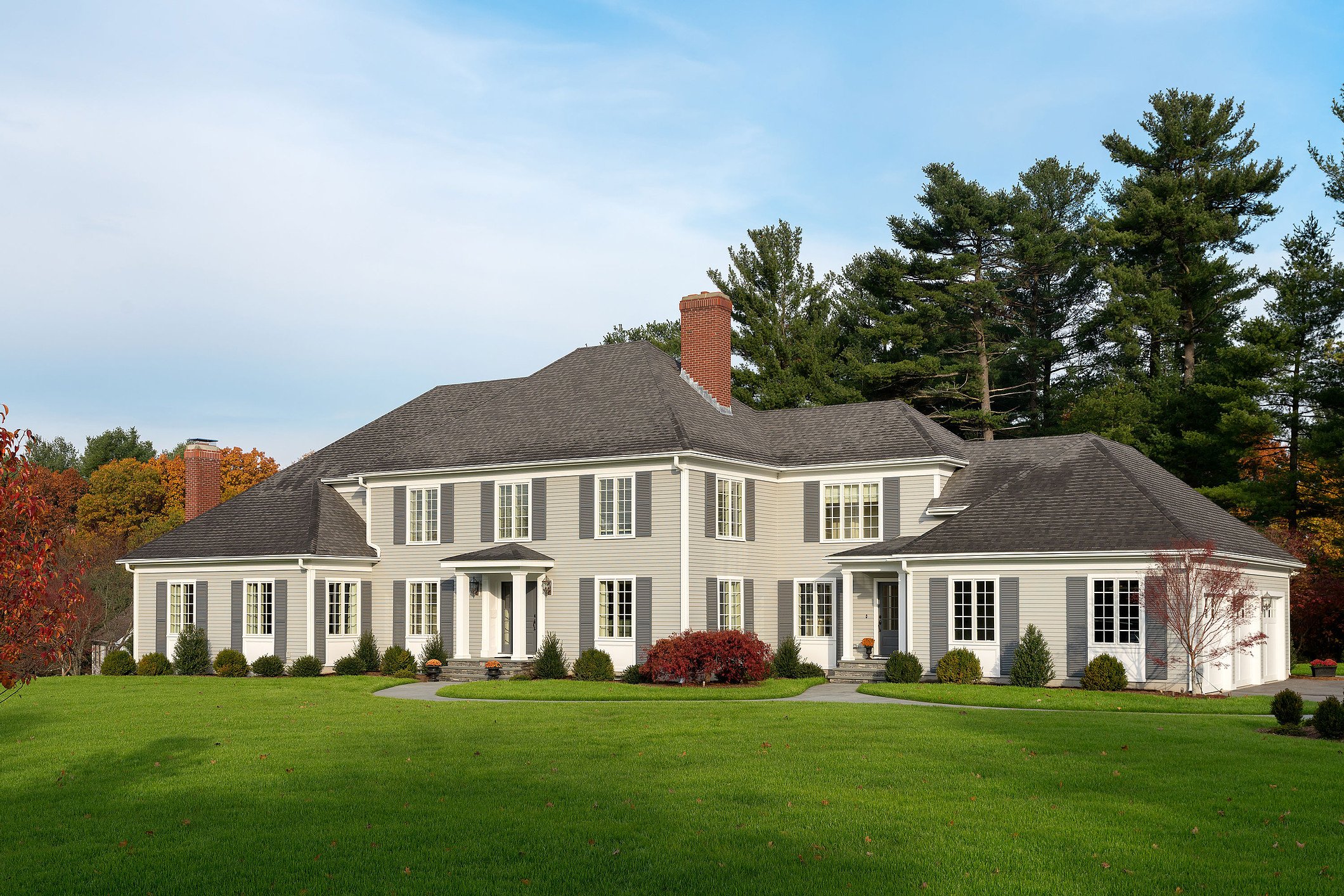
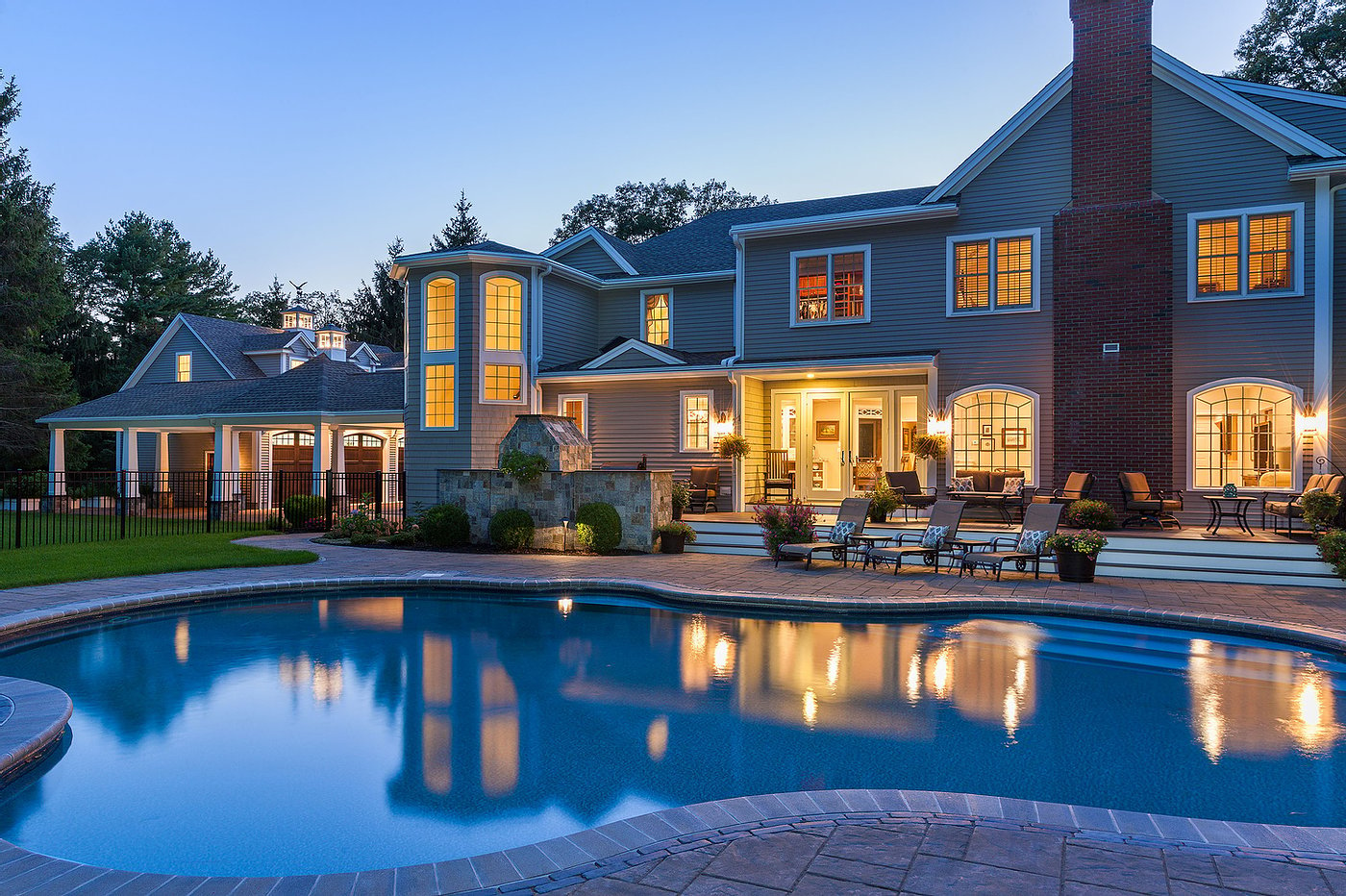
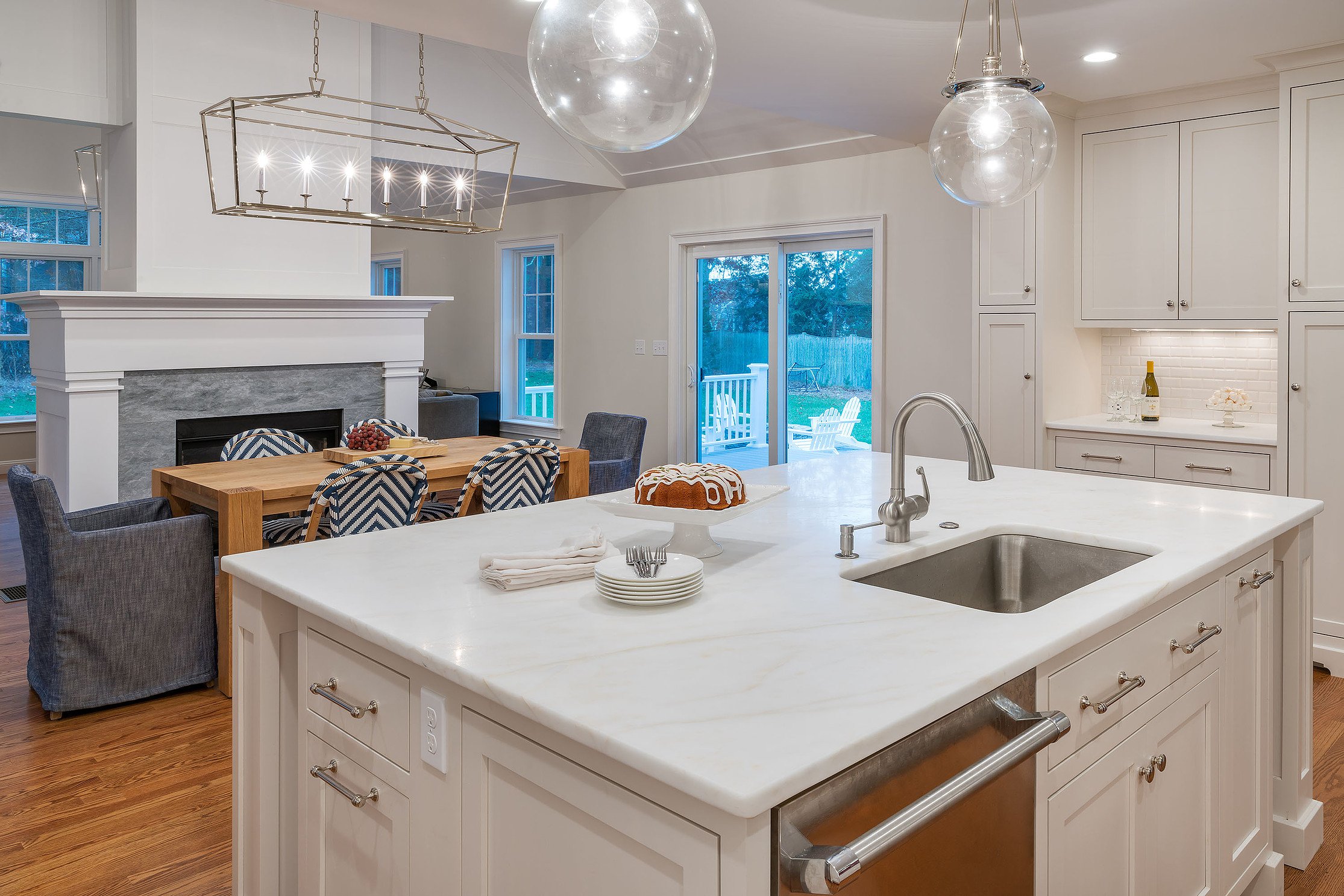
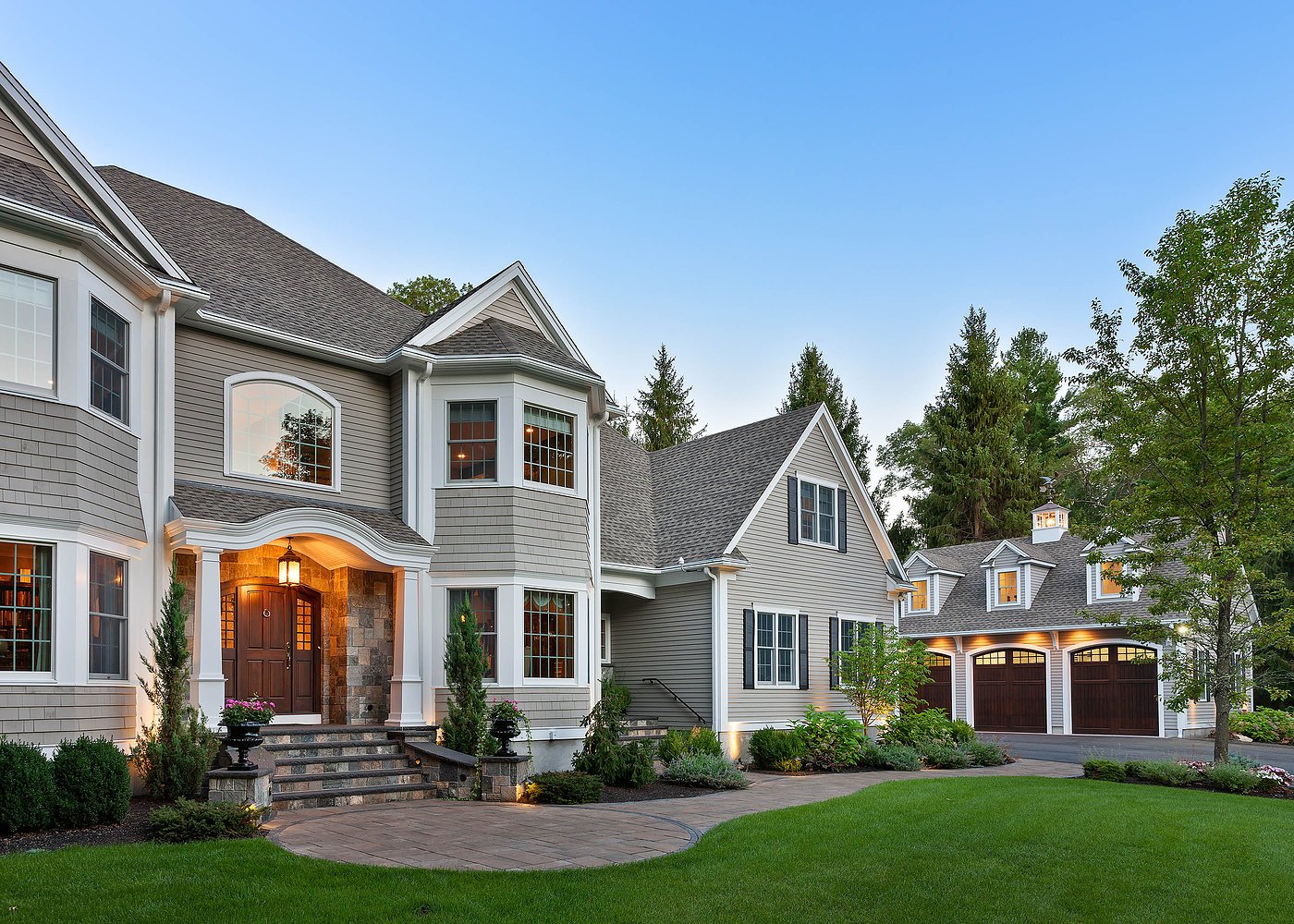
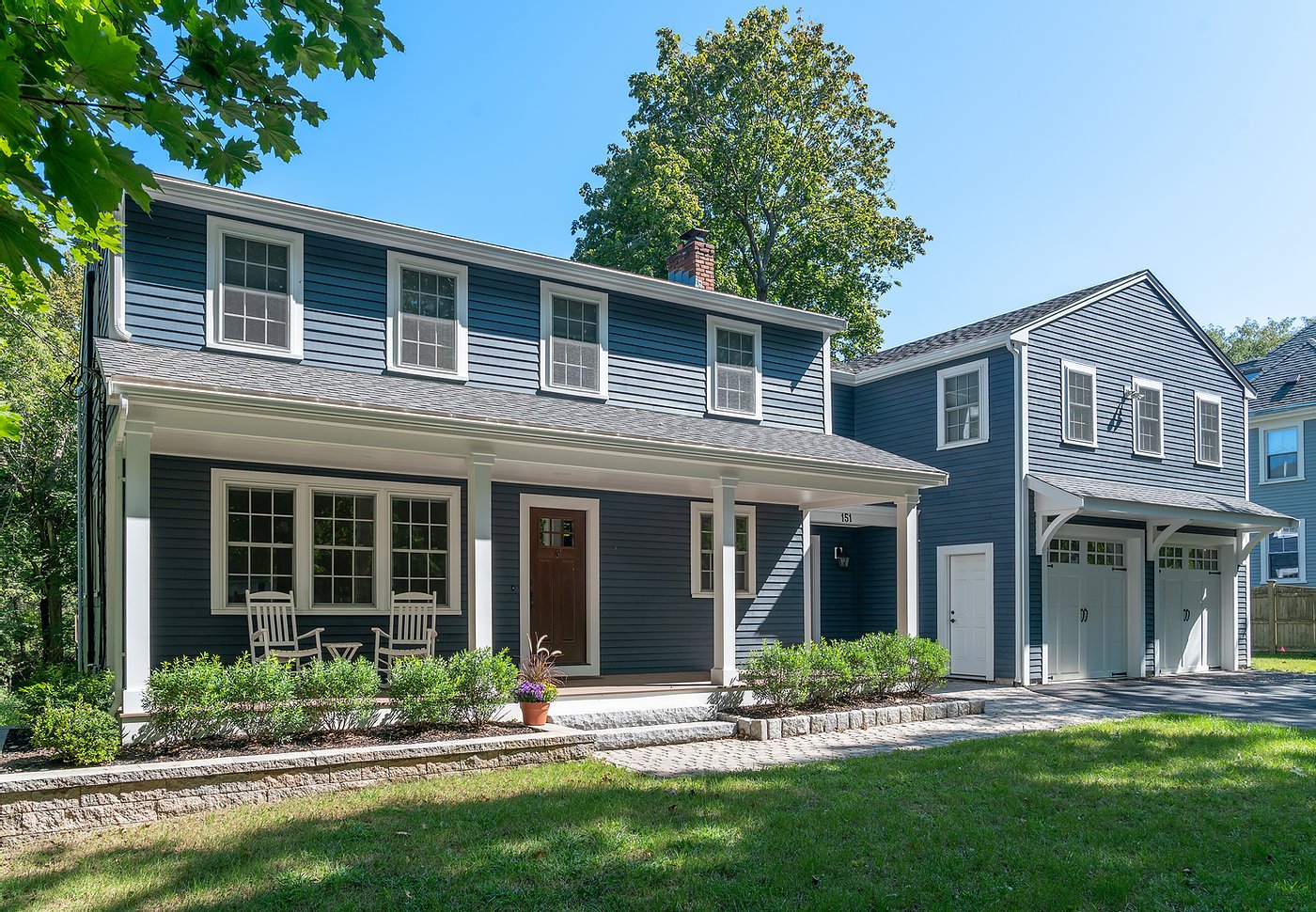
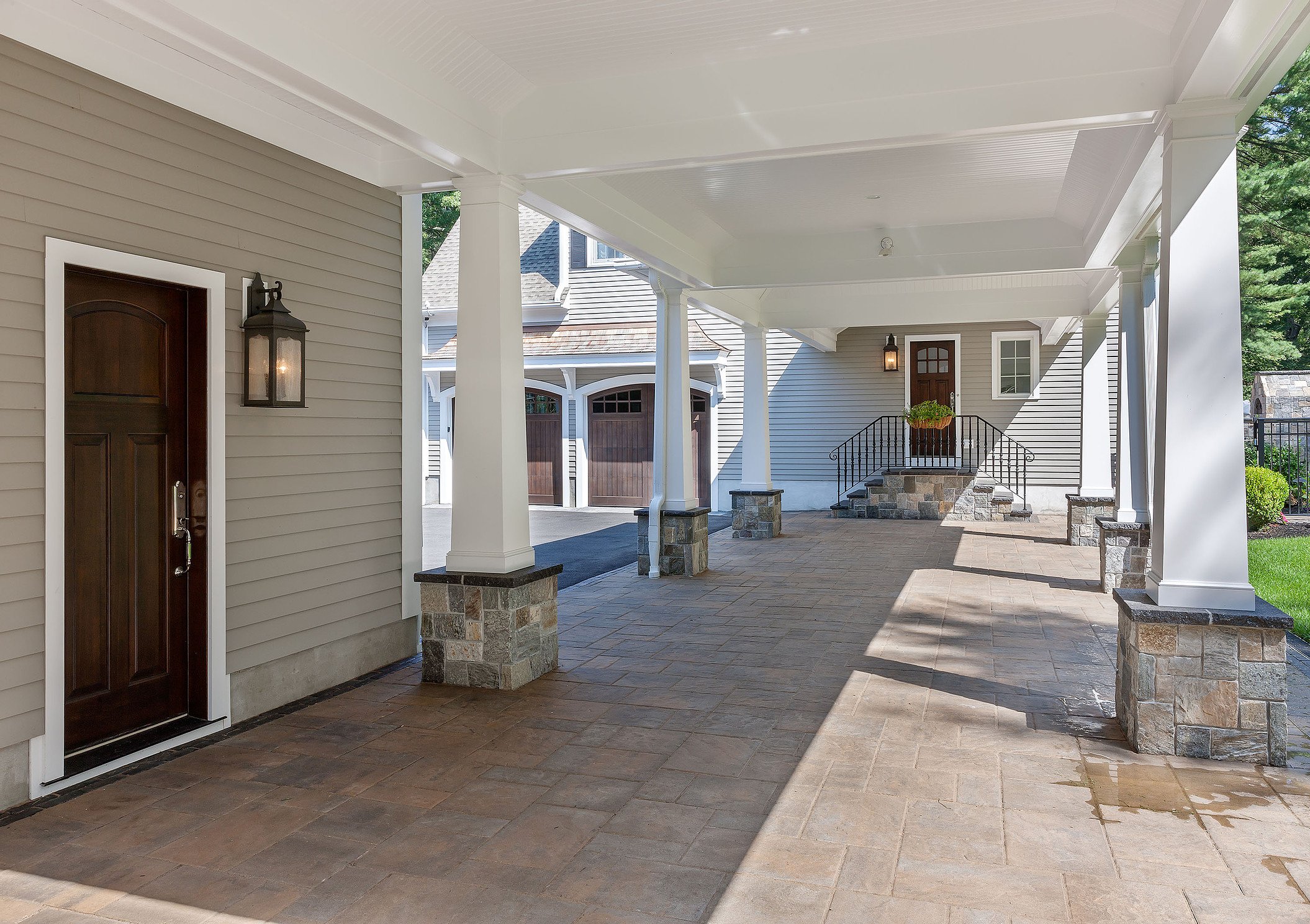
Leave a comment